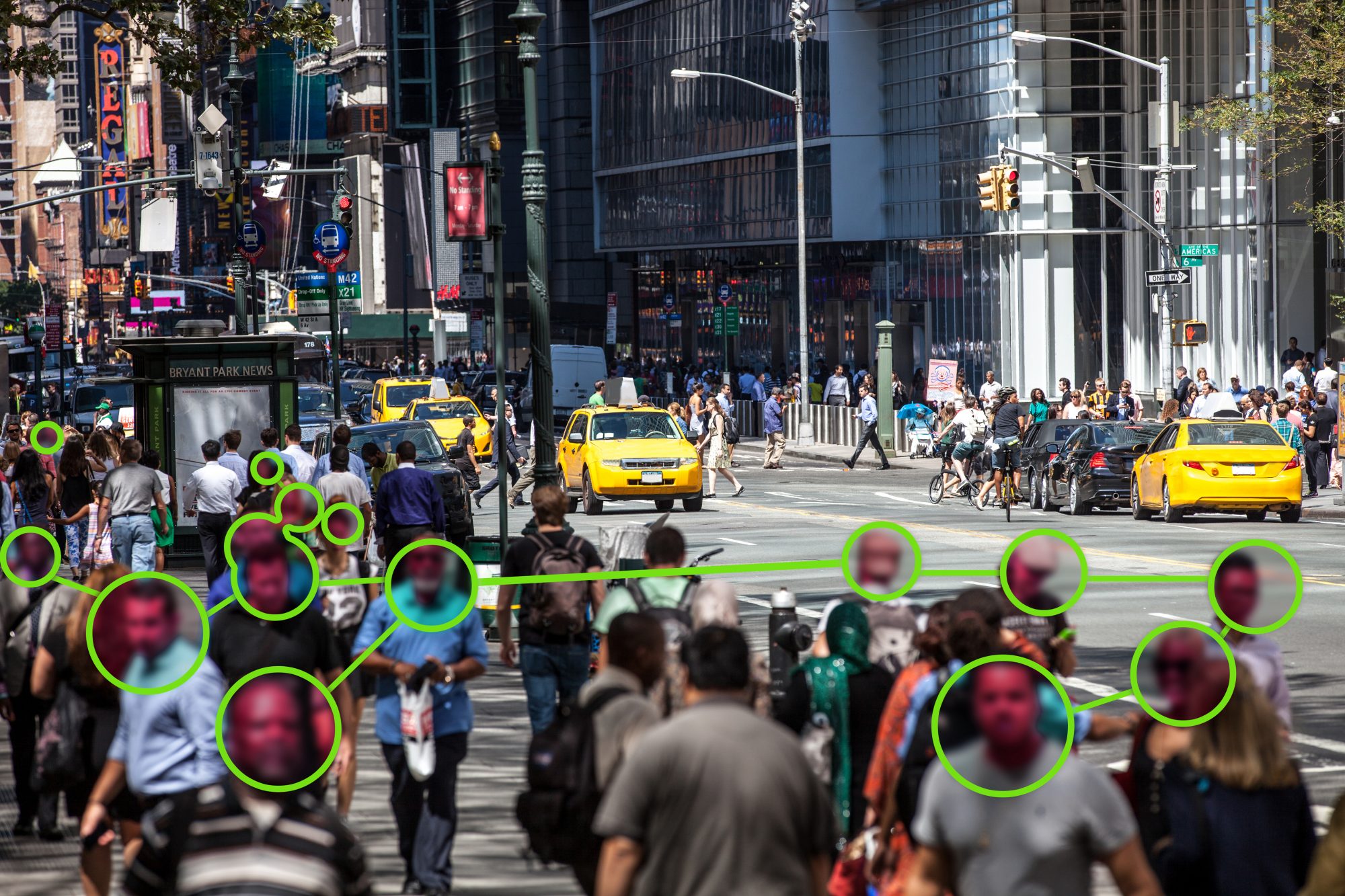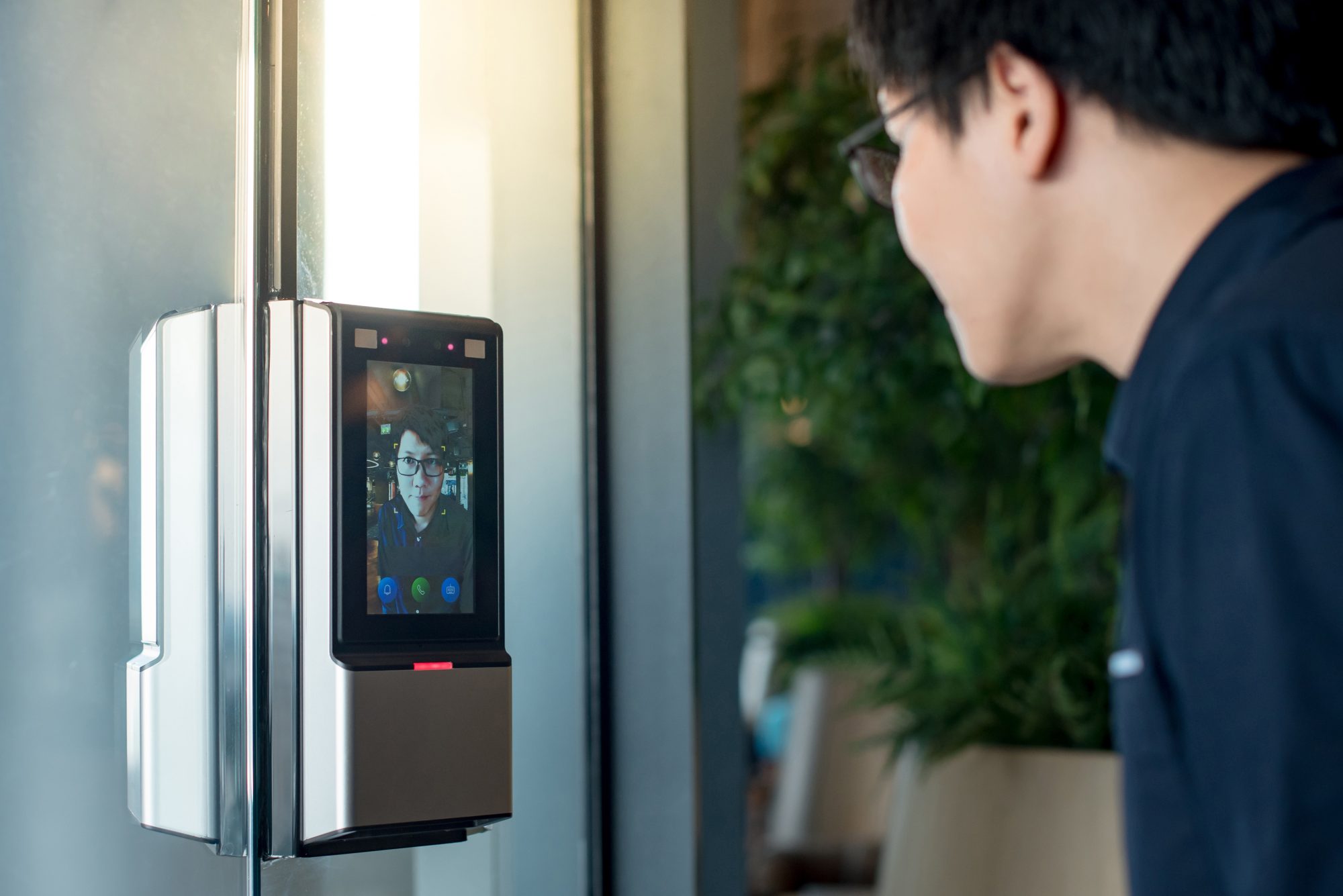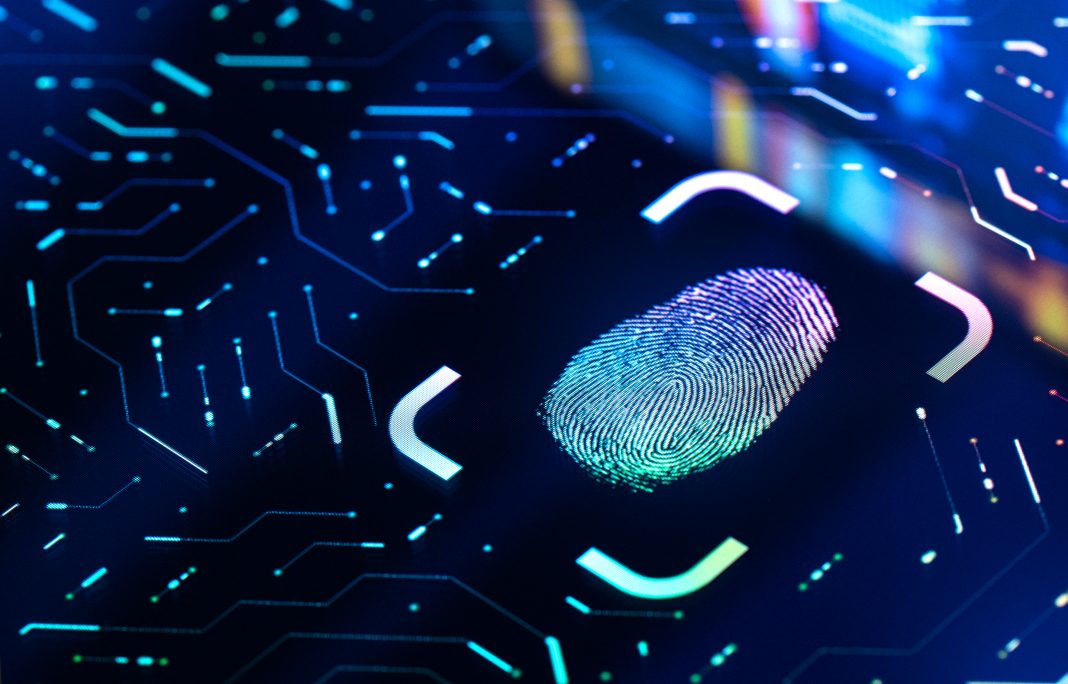In today’s technologically advanced businesses, ensuring the security of information is paramount. As a result, companies are turning to biometric access control systems to bolster their security
Biometric access control utilises unique physical or behavioural characteristics of individuals to grant or deny access to restricted areas, devices, or sensitive information. By withholding biometric data such as fingerprints, facial features, iris patterns, or even voice recognition, companies can establish an advanced and highly secure system that offers numerous benefits over conventional access control methods.
There’s an unending loop in the world of security. It consists of security professionals making improvements in access control, which necessitate more cunning means of cracking them, which in turn leads to more improvements in access control.
Some believe that using biometrics technologies is a way out of this loop. We’ll take a close look at what biometrics look like, as well as see what they deliver in the way of advantages in the field of security and why companies use them in their access control and authentication procedures. We’ll also see what—if any—negatives there are.
Biometrics: a very short history
It’s easy to make the mistake of thinking that biometrics are a recent thing. It’s not. They’ve been used since ancient times, with fingerprints and handprints being employed as a (not all-that-reliable) guarantee that a document was genuine, for instance.
They took on an importance in the world of criminology when in 1879, the French police officer Alphonse Bertillon started the practice of categorising miscreants by their physical characteristics, such as height, weight, etc.
Police work was assisted further with the advent in the early 20th century of fingerprint reading, a tremendously helpful way of identifying wrongdoers.
Technology that could assess physical characteristics, such as voice, retina, and facial features, started to appear in the latter half of the 20th century and was used primarily in maximum security government premises, such as nuclear facilities. This tech became commercially widespread in the 2010s and is now being deployed in many properties.
The mobile biometric access market is predicted to rise by over 20% in the next five years, and the industry is likely to be worth almost $92 billion by 2028. Who knew there was so much money in facial features?
What are the varieties of biometrics?
There are two broad varieties of biometrics. They work similarly in that a database of authenticated characteristics is stored on the system, and anyone seeking access has an attribute checked against that database.
1. Physical biometrics
These tend to be what most people think of as biometrics. Popular types include fingerprints, facial recognition, and iris or retina scans, as well as DNA, blood type, and heartbeat rate.
2. Behavioural biometrics
This is more about the way an individual performs a process. So, it could be all about voice recognition, their gait, their signature, or their characteristic keystroke pattern. It could also include buying habits, IP addresses, or cookies. Say, for example, in hosted call centers, voice biometrics could be stored and then used to identify customers and bring up their details for the agent.

Advantages of biometrics
So, there has to be a reason why the use of biometric access and authentication is becoming more widespread. There are, in fact, lots of reasons.
1. Good security
The fundamental requirement of a property protection system is that it gives good security, and this is true of biometrics. Whereas passwords and PINs are eminently stealable by hackers, biometric information is unique to the person concerned and cannot be accessed and used illegitimately.
“Aha!” you might say—what about the database within which resides all that biometric information, just waiting to be raided and used across a range of systems by the wrong person? Well, that’s been thought of. The database records aren’t complete versions of biometric data, nor are they actual images.
For example, when capturing the biometric characteristics and inputting them via the data ingestion pipeline, it won’t be the whole face that’s contained in the digital record, but simply certain components of the face coded digitally. This will be of little or no use to the hacker in gaining access to the property—they’ll still need the face to do the trick.
There are strict privacy risk provisions in place over what gets stored and how. This falls under the GDPR framework, so businesses have to be very careful with this data or face a huge fine.
Multi-factor authentication is increasingly used, i.e., combining biometrics with another way of identifying oneself, such as a password, or combining physical and behavioural biometrics. Every layer of security is another traffic cone placed in the middle of the hacker highway.
2. User experience
This is such a benefit it almost makes you want to sing out loud with joy. The onus of having a different password for every device and every system you need to access makes life miserable for many. No wonder “123456” is the most popular password right now. It’s almost like some of us have pretty much given up.
The beauty of biometrics is that the individual concerned doesn’t have to bring much to the table apart from the physical or behavioural characteristics they always come equipped with. It would take a lot of effort to forget to bring along that retina, for instance.
Consequently, seamless entry is made possible, sometimes, as with gait recognition, as the user approaches the door. In other words, actual perceivable interaction is kept to a minimum, and doors swing open just when you want them to.
The user-friendly and mental well-being benefits that biometrics deliver shouldn’t be underestimated. It can also greatly enhance the customer experience. With biometrics like voice recognition, a customer contacting a call centre can be seamlessly connected to an agent they have already dealt with who will have their file open and ready. This can reduce frustration for both the customer and the agent.
Less hassle for IT
The IT department can often feel overworked, from dealing with complex data management to setting up a hosted cloud phone system to dealing with requests from less tech-savvy staff. One of the biggest calls on the IT department’s time is the hapless user who has forgotten their password. It’s been found that Americans spend about 26 hours each year resetting passwords. All that time and money can be saved by giving people a password-free way of life.
3. Non-transferable
Unless you’re in the habit of giving other people various of your body parts, it’s unlikely that someone else will have your particular biometric characteristics. The characteristics we possess are ours and ours alone.
They’re not like a domain extension that anyone can use regardless of location. For instance, you don’t have to be in Anguilla to use the domain name ai. But you do have to be you to use your fingerprints.
OK, you may lend a hand to your friends from time to time, but that doesn’t mean they get to use it for fingerprint authentication.
4. Imitation-proof
So, those characteristics are unique to an individual, which means, in turn, that it’s all but impossible to synthesise them. Of course, the rapid development of technology means that you can never say never, but, at present, at least, a robot can’t fake your DNA.
5. Time and attendance
A lot of biometric access systems include reasonably sophisticated time and attendance features, making it easy to track work patterns and entry activity, both in terms of the whole team and for specific individuals.
Returning to our call centre example, someone managing call center operations might use a biometric access system to monitor punctuality or accurately track and record employee working hours, breaks, and productivity. This technology helps reduce time theft, ensure fair compensation, and optimise staff allocation.

Are there any disadvantages to using biometrics?
Yes, there are. Well, there’s no such thing as a perfect system. These are the most commonly cited problems with biometric methods.
Initial cost
The kit that an organisation needs to invest in can be extensive. It will include readers—biometric terminal hardware that contains the optical sensor device or other information gatherers.
Readers might mean anything from a retina scan camera to a fingerprint scanner to a palm vein recognition terminal with infrared light. This then needs to be hooked up to a system running biometric control management software.
None of this is cheap. There’s also the possibility that you will need to upgrade existing systems to work with the new gear.
However, as has been noted, the use of biometrics does mean that savings are made in password admin, so if a company can afford the upfront outlay, there are economies to be made in the medium to long term.
Just as with a business’ other obligations, from safety to SOX software compliance, security is a crucial area and demands investment
Entire system failures
When biometric access control systems fail, no access can occur, and huge costs can result. However, systems designers tend to factor in the certainty of eventual failure, so you can implement emergency procedures while a fix is being delivered.
A key card or a temporary password reversion might be used for these emergencies. It’s clearly important there’s an emphasis on the employee and their responsibilities in this kind of eventuality, so training needs to include what’s expected of them should this situation occur.
Multi-factor authentication with biometric access control solutions is the safest way to go
The advantages of using biometric access control and authentication make them a very popular choice with an increasing number of organisations. They benefit authorised users, technicians, and managers due to their ease of use and excellent security provision.
However, they aren’t a fix-all, and they will certainly be tested as hackers get to grips with them. This is one of the nefarious areas in which AI might be used. With this in mind, any organisation using biometrics must stay on top of the latest developments in a bid to maintain security levels.
It’s also incumbent on organisation bosses to consider the employment of biometrics alongside other security measures. Multi-factor authentication incorporating biometric access control solutions is clearly the safest way to go.
This piece was written and provided by Nick Brown, Content Consultant at Vonage.
Editor's Recommended Articles
-
Must Read >> Tackling the digital dropout crisis
-
Must Read >> Digital identity laws for better trust in big tech















